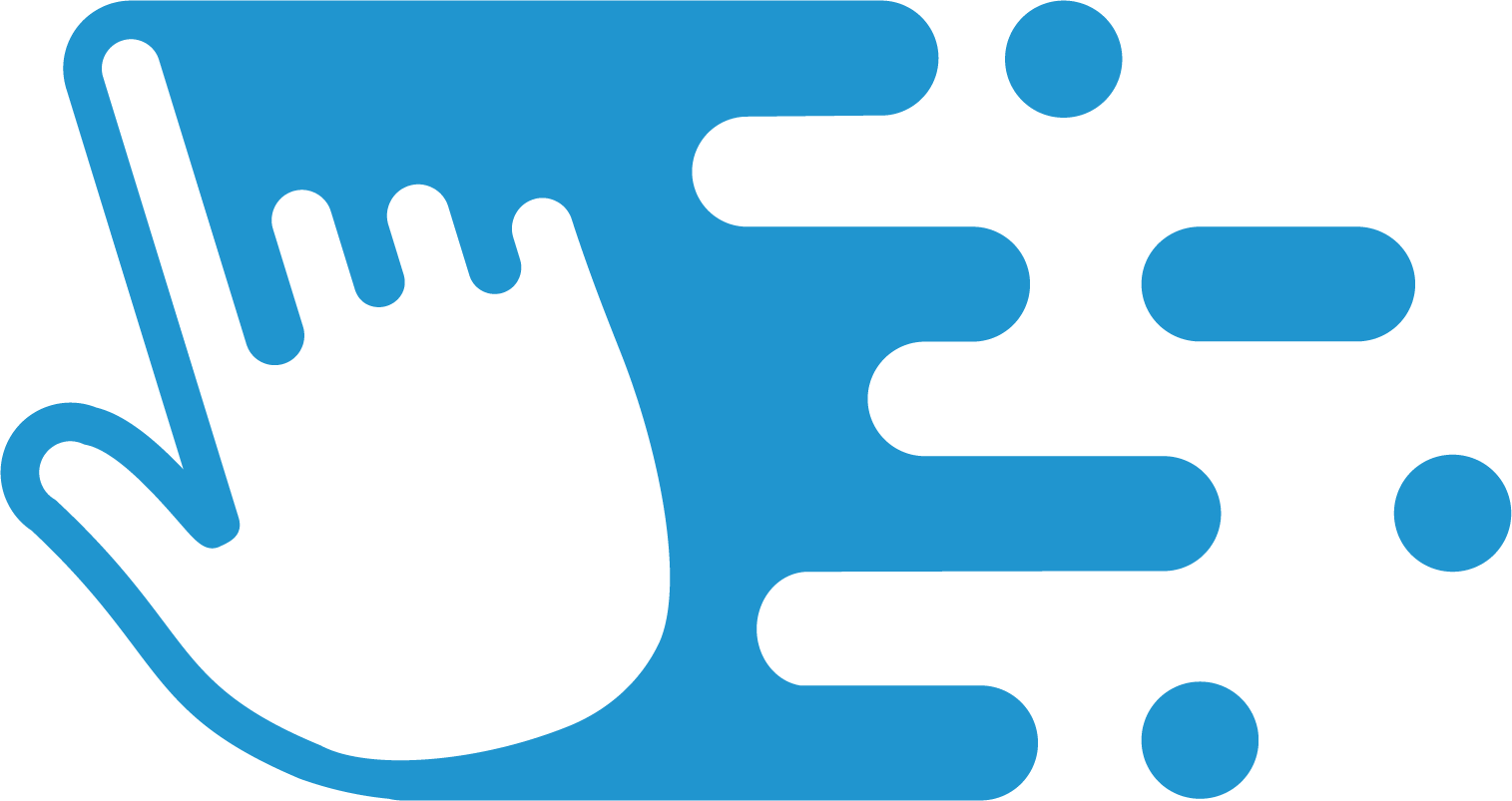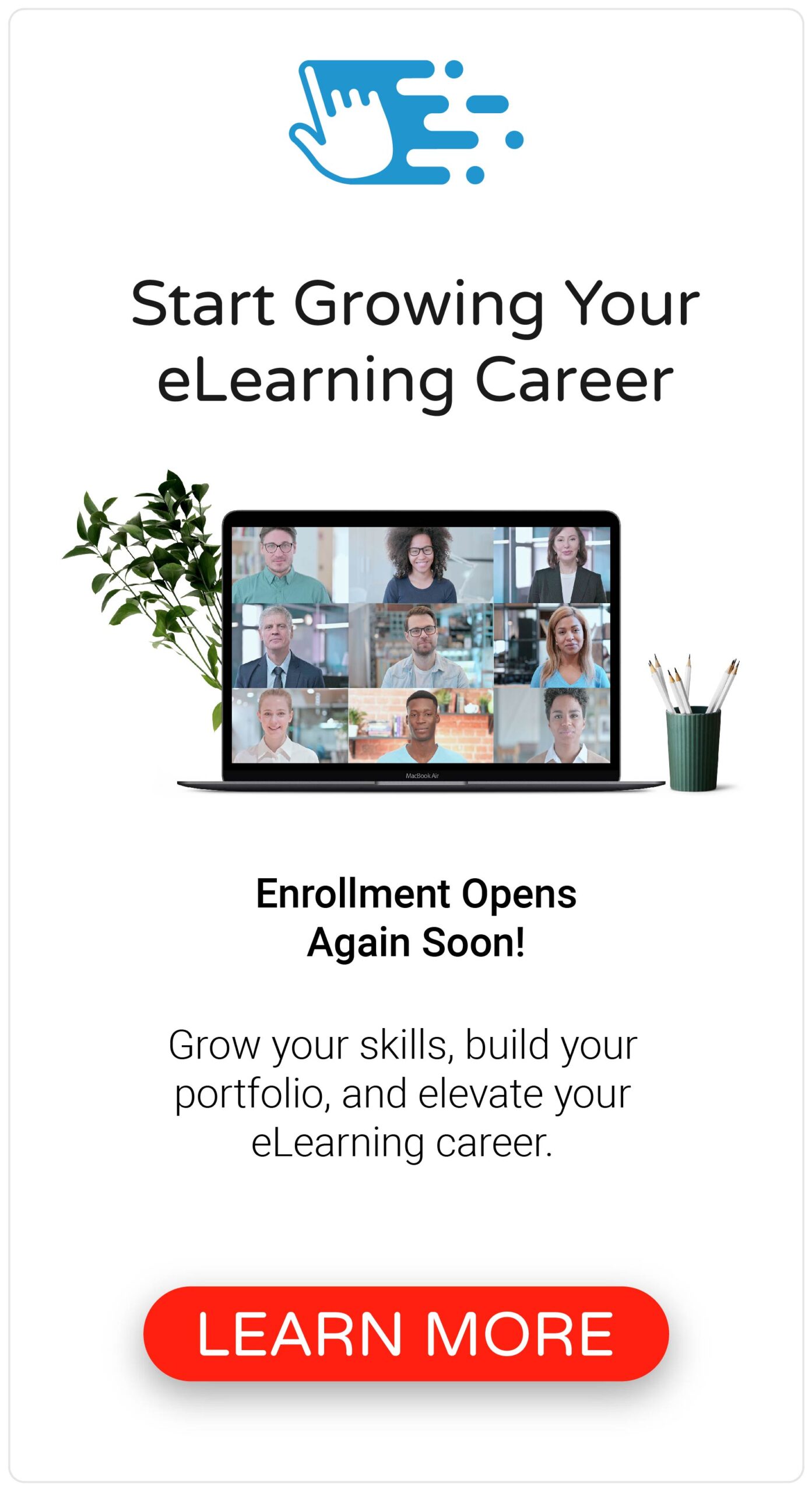If there’s one thing I know to be true, it’s that the eLearning and instructional design industry is in demand! Not only are organizations looking to invest more money in eLearning and other digital learning solutions, but there’s also a massive influx of individuals looking to transition their careers to eLearning.
However, if you’re one of the many folks looking to make the leap into eLearning, it can be a bit tricky trying to figure out where to begin. This is especially true if you don’t have any previous eLearning experience! The good news is, whether you’re an instructional designer, a former teacher, a trainer, or any type of learning professional, there’s plenty of opportunity for you in this industry. And no, it doesn’t require you going back to school and spending thousands of dollars on getting a degree.
So, in this post, I’m sharing five practical steps for how to become an eLearning designer.
Step One: Understand What eLearning Designers Do

If you’re looking to become an eLearning designer, the first thing you must understand is what eLearning designers actually do on a day-to-day basis. The truth is, in the world of eLearning and instructional design, there’s no standard set of roles and responsibilities from one position to another.
For example, you could look at ten different job descriptions, each with the same job title, and find that they’re nothing alike. And what’s even more perplexing is that you could look at ten different job descriptions, each with different job titles, and discover that they’re all very similar.
My point is, whether you call yourself an eLearning designer, an instructional designer, a learning experience designer, or a learning professional, any particular job may or may not have a consistent set of responsibilities.
Now, with that all said, most eLearning jobs focus on designing instructionally sound, visually engaging, and interactive digital training content in tools like Articulate Storyline, Rise, and many others. And this may also include creating other forms of digital multimedia, which I also define as a form of eLearning, like how-to videos, digital job aids, podcasts, or just about any other type of content that may be delivered on a digital device.
Step Two: Focus on Building Your Skills

After you understand the role of an eLearning designer, the second step for how to become an eLearning designer is to focus on building your skills. The truth is, creating all of the different types of eLearning and digital training content I mentioned in the last step requires a ton of different skills. And when I look at all of the various learning and development roles that exist within our industry, I don’t think there’s any other position that requires a more diverse set of skills than being an eLearning designer.
So, if you’re looking to become an eLearning designer, here’s my list of skills you should focus on developing:
Instructional Design for eLearning
The first set of skills you need to develop focuses on instructional design for eLearning. At the end of the day, nothing else matters if the eLearning you create isn’t based on good instructional design theory.
This means you need to understand the differences between andragogy and pedagogy, along with some of the most popular instructional design theories, including Malcolm Knowles Principles of Adult Learning and Merrill’s Principles of Instruction. And while you’re at it, take some time to un-learn some of the common instructional design myths that still get passed around our industry, like “learning styles.”
In addition, you should also learn how to conduct a needs analysis and task analysis to determine the root cause of a performance issue, along with action mapping to help you design a training solution that’s focused on performance.
eLearning Project Management
The next set of skills you should focus on developing are your project management skills. Being able to properly manage an eLearning project plays an essential role in your success in the courses you create, as well as your role as an eLearning designer.
This means knowing how to conduct a kickoff meeting with your stakeholders and subject matter experts, scoping a project to determine the resources you’ll need to complete it, and creating an instructional design document, eLearning project plan, and eLearning development timeline to document the details of the project. Additionally, following a structured process, like ADDIE or SAM, can help you manage your eLearning projects. All of these skills will also help you properly manage review cycles and react to and manage scope creep.
Storyboarding for eLearning
After project management, the next skill to focus on is how to write an eLearning storyboard. An eLearning storyboard is the primary method most designers use to write the content for their eLearning courses. And whether you choose to use a written or a visual storyboard, it can help you review and validate your eLearning course content before you begin development.
In addition, it can also be helpful to learn how to create an eLearning course outline, which can help you collect your eLearning course content, organize it into a course structure, and remove nice-to-know information.
eLearning Development
The next set of skills to focus on to help you become an eLearning designer are development skills. Because eLearning is a form of digital interactive multimedia, you need to use various eLearning authoring tools to create your course.
Whether you choose to use Articulate Storyline or Rise, or some other tool, spend some time learning how these different tools are used to create different types of eLearning content. From there, learn how to design and develop a prototype of your eLearning course, which may include various forms of interactivity, from simple click-to-reveal interactions to performance-based interactions, like branching scenarios.
Visual Design for eLearning
Finally, you also want to spend some time brushing up on your visual design skills. In addition to being interactive, eLearning is also a form of visual multimedia. And that means you can combine images, graphics, and text to help your learners visualize what you’re trying to teach.
As you learn how to design and develop eLearning, focus on picking the right fonts and pairing the right colors to create a visually engaging template. Also, spend some time learning how to find the right graphics and source the right images to help you visually communicate your learning content.
If you’re unsure where to get started learning how to use Articulate Storyline, or the whole eLearning design and development process, there are a ton of different learning and development opportunities (both free and paid) that you can use to build your skills. In addition to our multi-week cohort academy program, you can also practice your skills by participating in our monthly community challenges or attending our free workshops. There are also several eLearning books (including The eLearning Designer’s Handbook) and tons of courses on LinkedIn Learning, where you can develop your skills.
Step Three: Build an eLearning Portfolio

After you’ve spent some time building your eLearning design and development skill, the next step to become an eLearning designer is showcasing your skills by building an eLearning portfolio.
Even if you have a strong resume, a degree in education or instructional design, and several years of experience, employers want to see evidence of your skills. And the best way to do this is by building an eLearning portfolio. If you don’t have a portfolio, spend some time looking at the eLearning portfolio examples from others and get some inspiration.
Once you have an idea of the type of portfolio you’d like to build and the specific skill you want to showcase, the next step is to start building your own sample projects that you can display on your portfolio. And as you build your sample projects, remember, it’s less about the specific topics you choose but what you do with them. So, remember to apply all of the instructional design, development, and visual design skills I mentioned earlier.
After you’ve built a couple of sample projects, you’ll also want to purchase your own domain and pick a website-building tool to actually develop your portfolio. Even if you’ve never built a website or portfolio before, there are many different easy-to-use and low-cost (and even free) options to pick from to help you get started.
Step Four: Build Your Online Presence

After you’ve worked to build your eLearning portfolio, the next step for becoming an eLearning designer is to start working on building your online presence and marketing yourself as an eLearning designer.
While there’s no single way to do this, but optimizing your LinkedIn profile is the best place to start. Hiring managers and recruiters aren’t going to find you on Facebook or Twitter—they’re spending their time on LinkedIn (as is the vast majority of the people who work in this industry). And so, if you don’t have a LinkedIn profile, go create one right now—it’s completely free and only takes a few minutes to create.
As you work to optimize your LinkedIn profile, make sure to have a high-quality photo of yourself, along with a banner image that showcases your personality. Spend some time carefully writing and headline and summary that uses keywords related to the types of jobs you’d like to be hired for (i.e., eLearning, instructional design, learning experience design, etc.).
And finally, start connecting and networking with others who are already working in the field of eLearning and instructional design. The point is, the more you start to represent yourself online as an eLearning designer or an instructional designer, the more people will recognize you as one.
Step Five: Start Looking & Applying for Jobs

The last but not least step for how to become an eLearning designer is to start looking and applying for jobs. Even if you’re still working to build your skills or eLearning portfolio, it can’t hurt to start applying and getting interview practice.
As you look for jobs, don’t limit yourself to the most frequented job boards. Look for positions posted on industry-specific websites and job boards. These job postings are more likely to give you a closer look at the roles and responsibilities of the position and are often posted by the hiring manager themselves. This is an excellent opportunity to network with these individuals and build a relationship, all of which can help you when you start interviewing.
The Bottom Line
Becoming an eLearning designer is a lot of work, but if it’s something that you’re genuinely interested in, there’s a lot of opportunity within our industry. But remember, it will take time, and you must focus on building your skills and showcasing them in a portfolio.
What other tips can you share for how to become an eLearning designer? Share them by commenting below!








